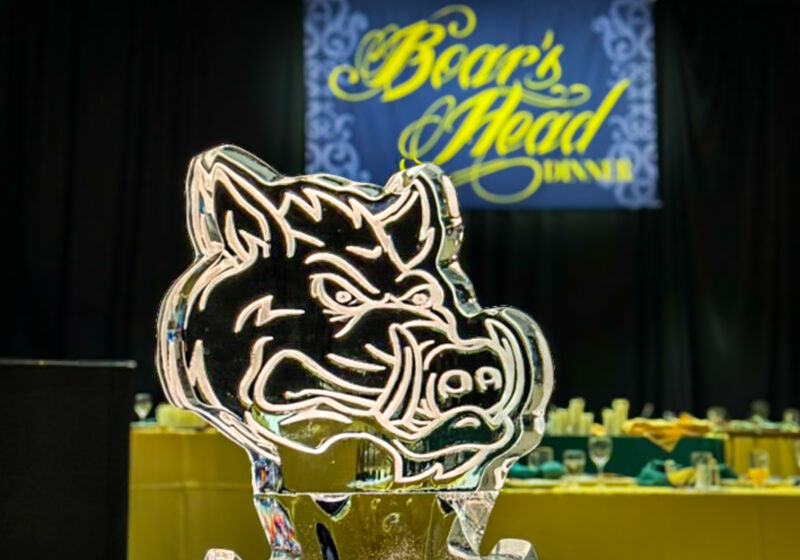A visit to the Rare Books and Special Collections area of Rush Rhees Library is all one needs to enter the rabbit hole and discover Alice’s fantasy world. “Through the Looking Glass,” one of the special exhibits currently on display at the library, is a walkthrough history of Lewis Carroll’s “Alice in Wonderland” and a wonderful way to revisit childhood.
Most students have to read “Alice In Wonderland” at some point in their elementary-school education. The classic story of a young girl and her discovery of a magic world full of caterpillars, cats, and evil queens has become a pop culture icon. The exhibit starts at the beginning with some of the earliest copies of the book. The display explains the book’s beginnings as a story told orally on a boat ride to a young girl named Alice. It then explains the success that followed with the book’s publication, including the celebration of Lewis Caroll’s 100th birthday.
All the history was interesting, but it wasn’t the most captivating part of the exhibit. The parts that were most intriguing were the aspects that related to the effect “Alice in Wonderland” has had on society and our culture.
“Examples [of Alice] are seen in advertising for Merrill Lynch, the investment firm in the 1950s, and for Guinness Breweries,” owner of the collection Jeanne Harper ’65 (MA) said. “Alice appears in many other places: cartoons in the New Yorker, in a poster for an AID’s benefit, and in lyrics to a Grace Slick song from the 1967. All of these are shown in the exhibit.”
Harper started the collection about 20 years ago after discovering she already owned several copies of “Alice in Wonderland.”
“The illustrators in these books lived in different time periods,” she said. “Their illustrations reflected the time and place of the illustrator. This fascinated me.”
One of the most striking parts of the exhibit was the abstract photograph taken by painter and photographer Nancy Wiley. She creates dolls, paints their faces, puts them into scenes, and snaps pictures of them. The picture is of a modern-looking Alice in a blue dress with stringy hair. She is almost being crushed by a wave of cards coming down on her shoulders as a white goose tries to escape near her feet. The doll’s face is nearly expressionless, but the picture is still amazing. This photo is one in a series taken by Wiley depicting Alice’s adventures in Wonderland. It is refreshing among all of the sketches of Alice’s adventures and a new spin on Alice art.
Another part of the exhibit that was particularly interesting was the series of prints by Salvador Dalí. The prints, originally published in 1969, are of a surrealist style and were printed alongside Lewis’s story in limited edition. Seeing Dalí’s portrayal of the classic tale gives the book a whole new spin. Through the illustrations, the story takes on a dark and complex quality that makes it more relevant for adult readers.
This exhibit will not be displayed anywhere else; it will be returned to Harper once it closes in August.
“My hope for the exhibit is that it will inform those who see it and be an occasion for enjoying the variety of books and drawings on ‘Alice in Wonderland,’ she said.
This book will be a favorite for many generations to come and as long as the book is in print, it will continue to inspire new art forms. Harper says she plans to continue collecting “new and interesting illustrations each year.”
The exhibit probably takes less than 15 minutes to experience and is a great break from studying for anyone who enjoyed the book as a child or still enjoys it as an adult.
Sanguinetti is a member of the class of 2015.



